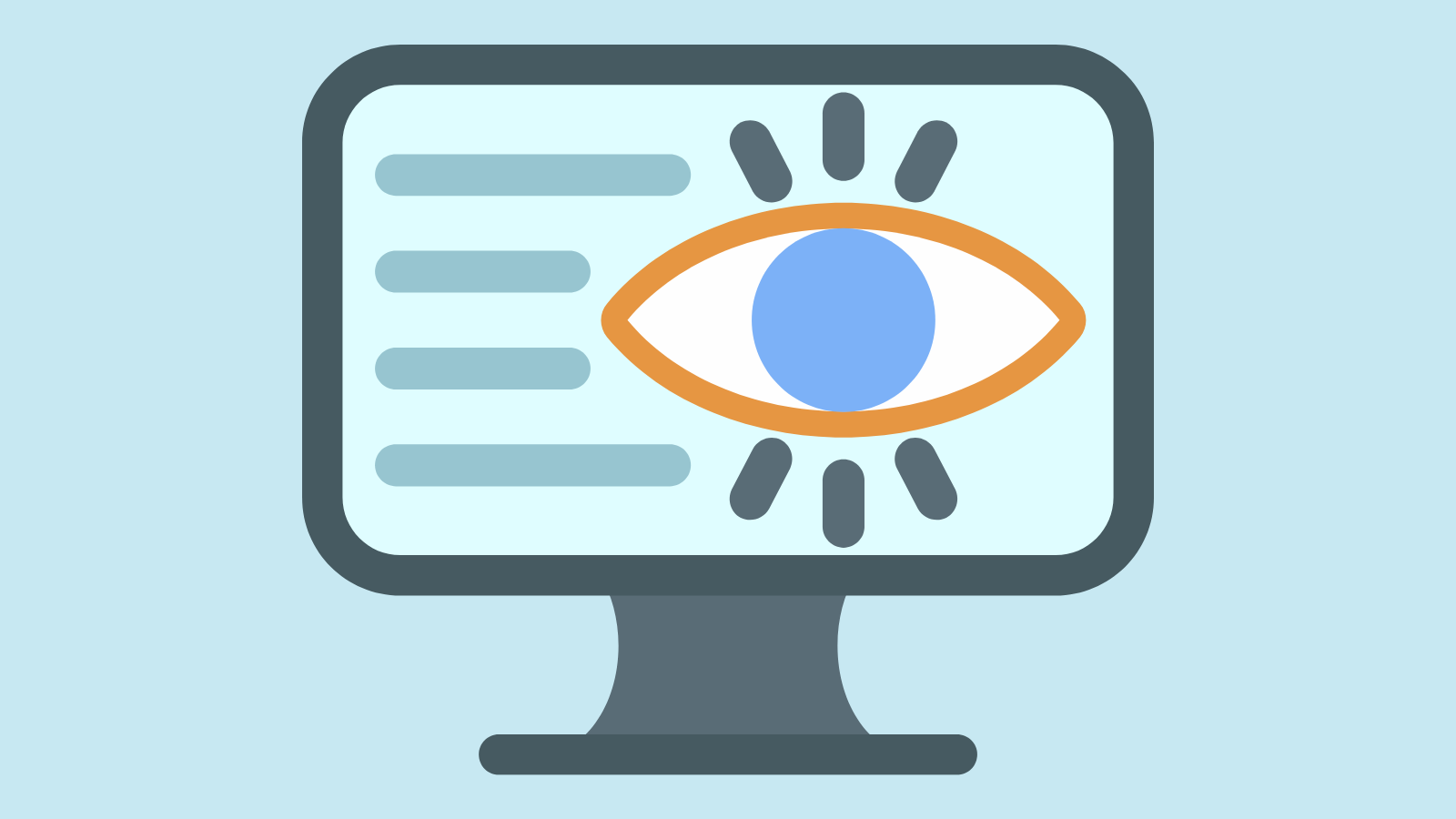It's getting more and more common for people to show off their entire lives on social media—making it more important than ever to teach our children about online privacy. Influencers make oversharing look fun and rewarding, but every click, search, post, and interaction leaves a digital footprint, and as parents, it's our job to ensure that our kids understand the dangers of sharing personal information online. In this blog post, we'll discuss exactly why it's so important that kids keeping some information to themselves, and how you can help them create a safe, private online environment.
Understanding the Importance of Online Privacy
Online privacy concerns the right to keep sensitive data and information protected from unauthorized access. For children, this includes information such as their full name, address, phone number, school name, and location data. The digital realm is vast and, at times, can be a playground for cybercriminals who might exploit children's naivety for malicious purposes.
Apps like Snapchat and Instagram often record and even post location data, and it's not uncommon for kids to create profiles with their full name available to the public. Turning off location settings and making sure your kids only use their first name—or even an alias—are just a few ways to make sure they're not risking any online threats.
Starting the Conversation Early
The conversation about online privacy should start as soon as children begin interacting with digital devices. This early foundation can help children understand the value of their personal information and the consequences of sharing it indiscriminately. Parents can use age-appropriate explanations to convey the concept of privacy, such as comparing personal information to "special secrets" that should only be shared with trusted individuals.
Practical Tips for Teaching Online Privacy
-
Encourage Critical Thinking: Teach children to question why a website or an app requests their information and what it will be used for. Encourage them to think critically about whether sharing that information is necessary.
-
Highlight the Dangers of Oversharing: Use relatable examples to show how sharing too much information online can lead to unwanted attention or even identity theft. Discuss news stories or theoretical scenarios that highlight the consequences of oversharing.
-
Practice Safe Sharing: Demonstrate the safe way to share information online, emphasizing the need to keep personal details private. This includes being mindful of the photos they post, the information they share in bios on social media, and the details they give out in online conversations.
-
Use Privacy Settings: Familiarize yourself and your child with the privacy settings of their favorite apps and platforms. Show them how to adjust settings to protect their information from being publicly accessible.
-
Create Strong Passwords: Teach the importance of creating strong, unique passwords for each account. Explain how passwords act like keys to their private information and the dangers of using easy-to-guess passwords or sharing them with friends.
-
Model Good Behavior: Children learn by example. Show them how you protect your privacy online by being cautious about what you share on social media, using privacy settings, and avoiding oversharing personal information.
Resources and Tools
Interactive Learning Through Games and Activities
Leveraging interactive tools can make learning about online privacy engaging for children. You can utilize online platforms offering games and activities that focus on internet safety and privacy, like Interland or Privacy Pursuit. These resources often include scenarios that children might encounter online and teach them how to respond safely.
Incorporating Privacy Education into Daily Life
- Media Literacy: Encourage children to question the information they see online and the motives behind it. This includes understanding advertising, recognizing clickbait, and evaluating the reliability of online sources.
- Safe Social Networking: Discuss the nuances of social networking, including what is appropriate to post and share, only allowing follows from people you know, and the importance of being kind and respectful online.
Supporting Tools and Resources
- Privacy Protection Software: Introduce software tools that can help protect privacy, such as VPNs for secure browsing and anti-tracking tools to prevent websites from collecting personal information.
- Educational Resources: Leverage resources from reputable organizations dedicated to digital literacy and online safety. These can include websites, workshops, and webinars designed to educate both parents and children about online privacy. Try the Family Online Safety Institute or Protect Young Eyes.
- Family Privacy Agreements: Draft a family agreement that outlines online behavior rules, including what information can be shared and with whom. This agreement can serve as a constant reminder of the importance of digital privacy. You can use this one or search online for other customizable contracts.
Creating a Safer Digital World
Teaching children about online privacy is an ongoing process that evolves as they grow and as technology changes. By starting the conversation early, reinforcing the message through practical tips, and using available resources, parents can empower their children to navigate the digital world safely and wisely. Remember, educating children about online privacy not only protects them but also teaches them to respect the privacy of others, fostering a safer digital environment for everyone.




